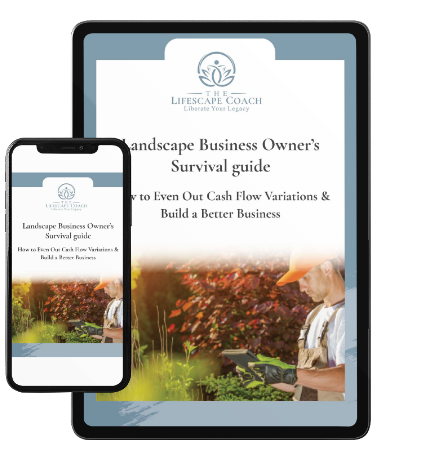15 Do’s and Don’ts for Dealing with Customers Who Won’t Pay Their Bills
There is nothing more frustrating for a landscape business owner than to provide a client with a season’s worth of outstanding, timely service only to have them make excuse after excuse about why they can’t pay you on time, or worse, simply stiff you outright.
Collecting money that’s rightfully owed you can be a challenging issue. The best solution is to not be in that position to begin with. Weed out the low and non-payers before the situation gets out of hand and establish relationships in which the client clearly understands that you need to get paid on time so that you, in turn, can honor your commitments.
Once a contract is signed, payment is non-negotiable. There has to be clearly established payment terms that include consequences for non-payment. Make sure to review this policy in person with the client, so they are aware of your policy.
If clients don’t pay their bills on time, then service is interrupted. Period. Don’t go back and do more work! I get it; I’ve been there. Sometimes, I feel like I have cared more for some clients’ gardens than they ever did. But you simply can’t go back when there are outstanding invoices. You’ll just be creating a bigger issue.
Instead, you must let the property go…let them feel what it is like when your valuable efforts are not there. But don’t be passive about it. Contact them and let them know in a kind and professional manner that services have been suspended until their account is up to date.
Of course, there are circumstances when clients have genuine trouble paying. Perhaps they’ve had an unexpected medical expense or work-related problem. It’s important for both the relationship and your business to be willing to work with them within reason.
Here are 15 do’s and don’ts that can help you establish an “environment of timely payment” to ensure your business can successfully operate and your clients continue to be satisfied:
The Do’s:
- Do have written contracts or agreements and know the difference between the two.
- Do have agreement signed: agreements need only be signed by the client where contracts should be signed by you and the client.
- Do communicate and review the agreement or contract with a client – take the time to complete the sales process and make sure you walk them through all of the points of the agreement or contract to avoid misunderstanding that could delay payment later.
- Do have all pages initialed on contracts that have more than one page.
- Do include clearly defined payment terms in all agreements.
- Do have a clause about non-payment consequences – interest, interruption of service, etc. – in all agreements and contracts.
- Do have clients reply with an acceptance of all quotes provided by email. Email is date-stamped and serves as the contract, so print it out and put it in their file.
- Do have up-front conversations with clients who are slow payers. Have a process: if they don’t pay, send an email about the open invoice with a request for payment so that you can schedule the next project. Don’t be afraid to speak with clients who don’t pay because there may be a good reason.
- Do stand by your non-payment contingency. If you state you charge interest, then charge it.
- Do assume all clients want to pay – reach out to the client to understand why they’re not paying.
- Do decide if you want to continue to work with bad payers. If it upsets you too much then don’t work for them anymore or start taking credit cards and auto bill.
The Don’ts:
 Don’t not have a contract or an agreement – and don’t make verbal financial agreements.
Don’t not have a contract or an agreement – and don’t make verbal financial agreements.- Don’t leave verbal discussions as is. Do follow up with a document that outlines the details and get confirmation that the client accepts.
- Don’t use approximate financial language – don’t say it’s going to be “around $3,000” because when the bill comes in at $3,200 the client will not be happy.
- Don’t quote ranges unless you qualify why there is a range because clients will always gravitate to the lower number. If they do not understand why there is a range, then you cannot defend the upper end of the range when you invoice.
You work too hard to put up with slow-pays and deadbeats. Achieving and remaining on sound financial footing means taking a long, hard look at your client list and paring away the clients who take up too much of your time with collections. And when you jettison the deadwood that means you now have room for more topnotch clients.
Landscape Business Owners Survival Guide



